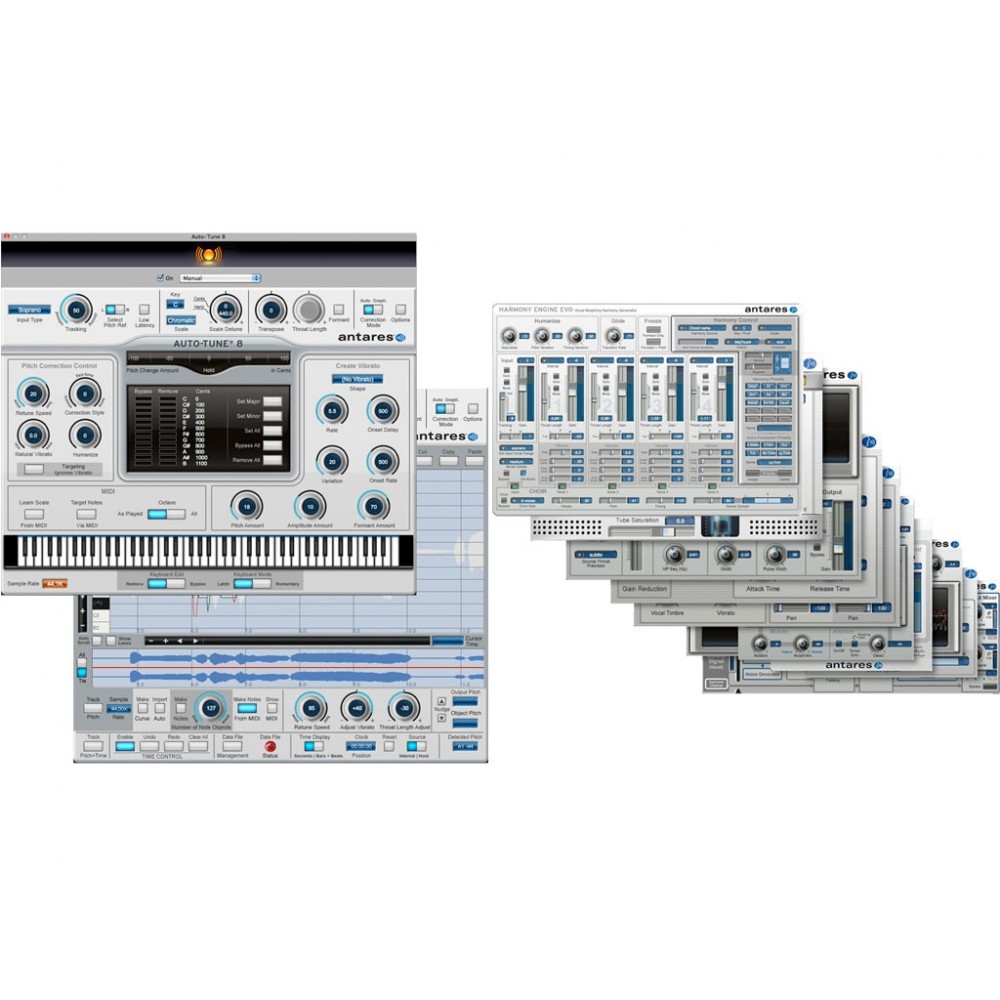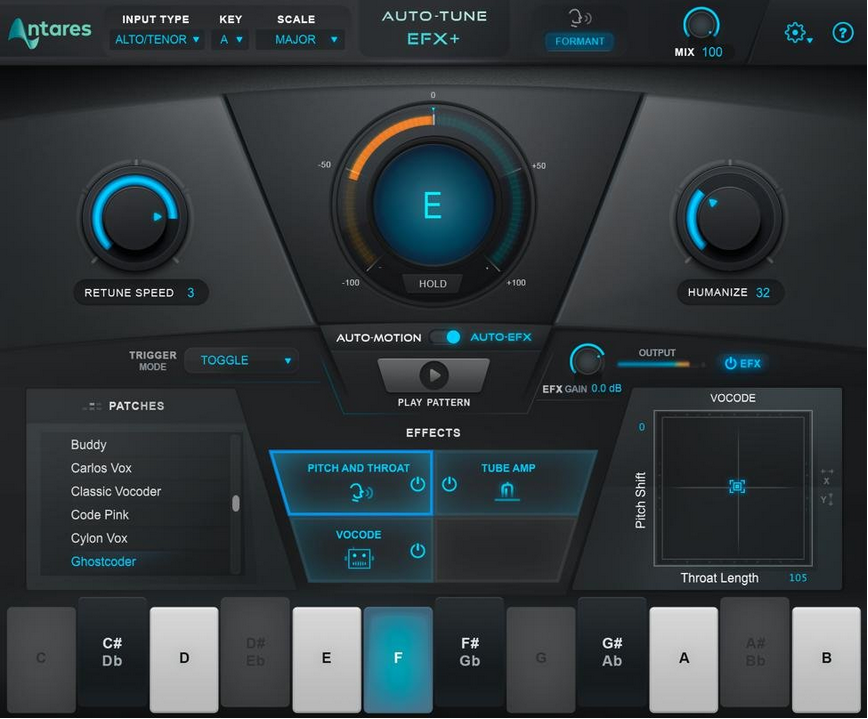

Again, for modern hip-hop vocals, you would usually avoid this knob or if the person really can't sing don't use this knob 😂 What it's doing is allowing singers to sing in-between notes, use some vibrato to get to the note, or do melisma techniques without the Auto-Tune stepping in & ruining the unique natural tones the human voice gives.
Flex-Tune - Allows you to set the rate at which Auto-Tune will correct the pitch away from scaled notes. This is great for singers, but you would usually avoid using this knob for modern hip-hop vocals. 
The note won't sound overly tuned the more you increase this knob. This helps to create a more natural sound by a lot! When a note is held out, Auto-Tune won't overreact to it.
Humanize - Allows sustained notes to have a slower retune speed than the shorter notes. Faster retune speeds such as 0-10, will sound more computerized & give off the sound we hear in records by Migos, Swae Lee, & Future. Slower retune speeds will sound more natural. Retune Speed - Sets how fast the Auto-Tune will tune a note. This is a critical parameter & plays a significant role in whether or not your Auto-Tune will sound like 🔥 or 🗑 Key & Scale - Setting the correct key & scale will narrow down the choices Auto-Tune will have to tune your voice to the right note. Input Type - Helps Auto-Tune focus on specific frequency types (The settings are Soprano, Tenor, Alto, Low Male, & Instrument). We do have a full blog on our website detailing everything Auto-Tune has to offer for a more in-depth breakdown. Auto-Tune is very common these days & if you're an engineer or even a producer, you have a strong likelihood that Auto-Tune will be in your regular rotation.






 0 kommentar(er)
0 kommentar(er)
